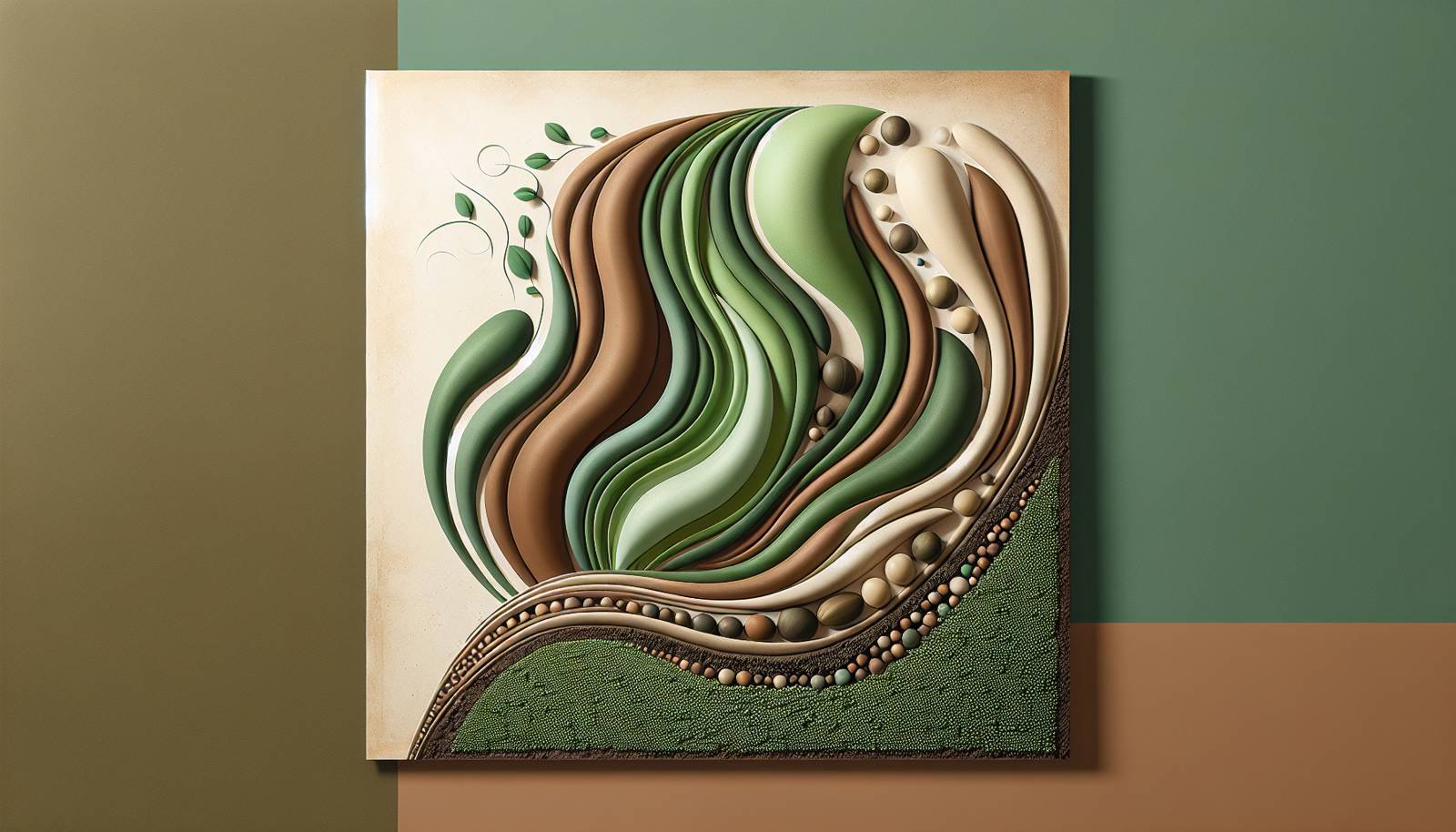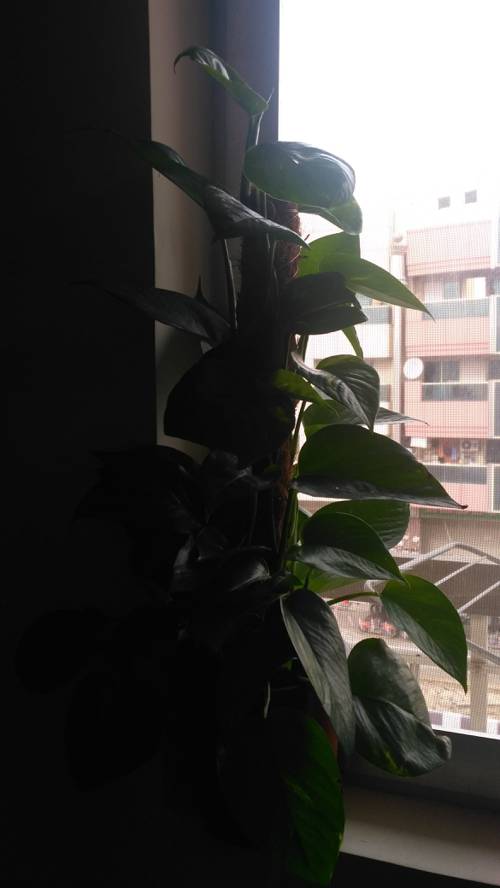
FAQ About Indoor Plant Seed Starting Techniques

What is the best type of soil for starting indoor plant seeds?
The best type of soil for starting indoor plant seeds is a sterile seed-starting mix. This type of soil is light, well-draining, and free from pathogens and weed seeds, providing a supportive environment for seed germination and young seedlings.

How much light do indoor plant seeds need to germinate?
Indoor plant seeds typically require about 12-16 hours of light per day to germinate properly. Using fluorescent or LED grow lights can ensure they receive consistent and adequate lighting, especially during the shorter daylight hours of winter.

How often should I water newly started indoor plant seeds?
Newly started indoor plant seeds should be kept consistently moist but not waterlogged. It’s important to monitor the moisture level daily and water gently to avoid disturbing the seeds. A spray bottle or a watering can with a fine nozzle can be useful.

What temperature range is ideal for germinating indoor plant seeds?
The ideal temperature range for germinating most indoor plant seeds is between 65-75°F (18-24°C). Some species may require specific temperatures, so it’s best to check the seed packet instructions or guidelines for each type of plant.

Can I use regular garden soil to start indoor plant seeds?
Regular garden soil is not recommended for starting indoor plant seeds as it can contain pests, diseases, and weeds that may harm the seedlings. It's also usually too dense, which can impede seedling growth and proper drainage.

Do I need to soak seeds before planting them indoors?
Soaking seeds before planting can be beneficial for some species, especially those with hard seed coats. Soaking helps to speed up the germination process by softening the seed coat and allowing moisture to penetrate more easily.

What are some common mistakes to avoid when starting indoor plant seeds?
Common mistakes when starting indoor plant seeds include overwatering, planting seeds too deeply, using the wrong type of soil, and insufficient light. Each of these can hinder germination and growth, so it's crucial to follow best practices.

How can I tell if my indoor plant seeds are viable?
You can test seed viability by performing a germination test. Place a few seeds on a damp paper towel, fold it, and store in a plastic bag in a warm place. Check after a few days to see if they sprout. If most seeds germinate, they are viable.

Why are my indoor plant seeds not germinating?
Seeds may fail to germinate due to inadequate moisture, incorrect temperature, non-viable seeds, or unsuitable soil conditions. It’s important to ensure all environmental factors are optimized and the seeds are fresh.

Do all indoor plant seeds need light to germinate?
Not all indoor plant seeds need light to germinate. Some require darkness, while others need light. It's important to know the specific requirements of each type of seed you're planting. Check the seed packets or research the species for specific needs.
